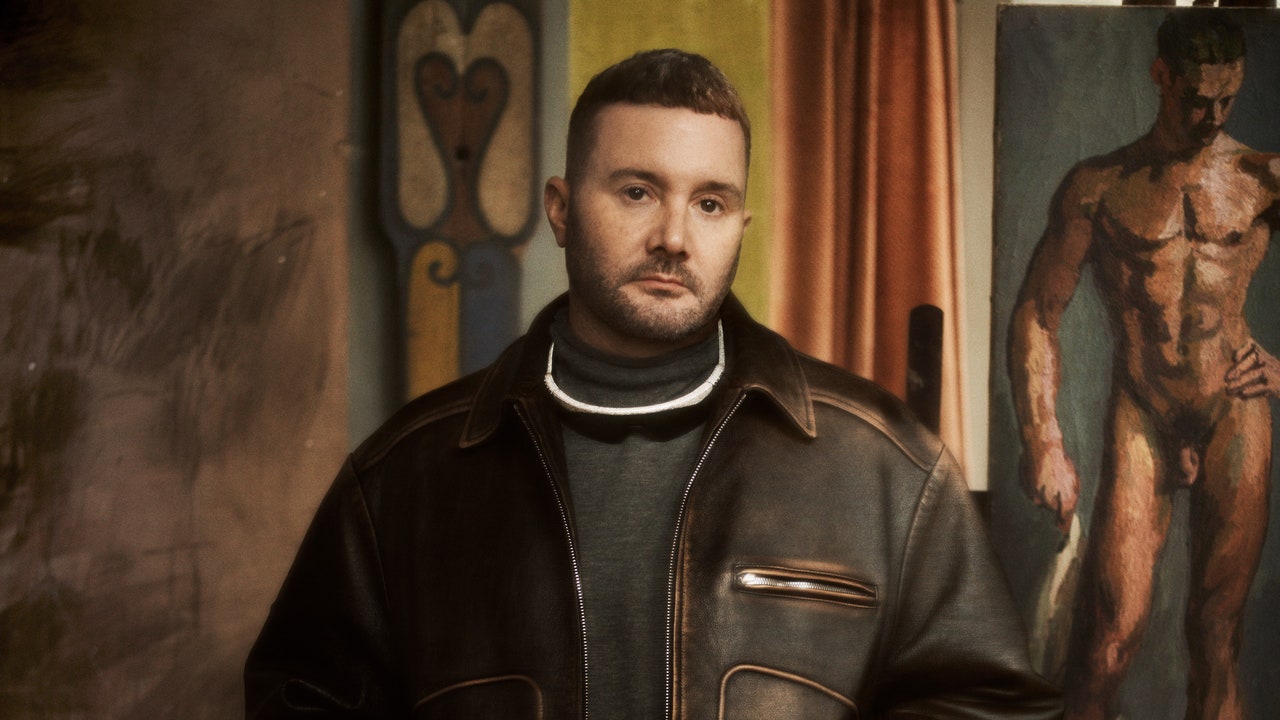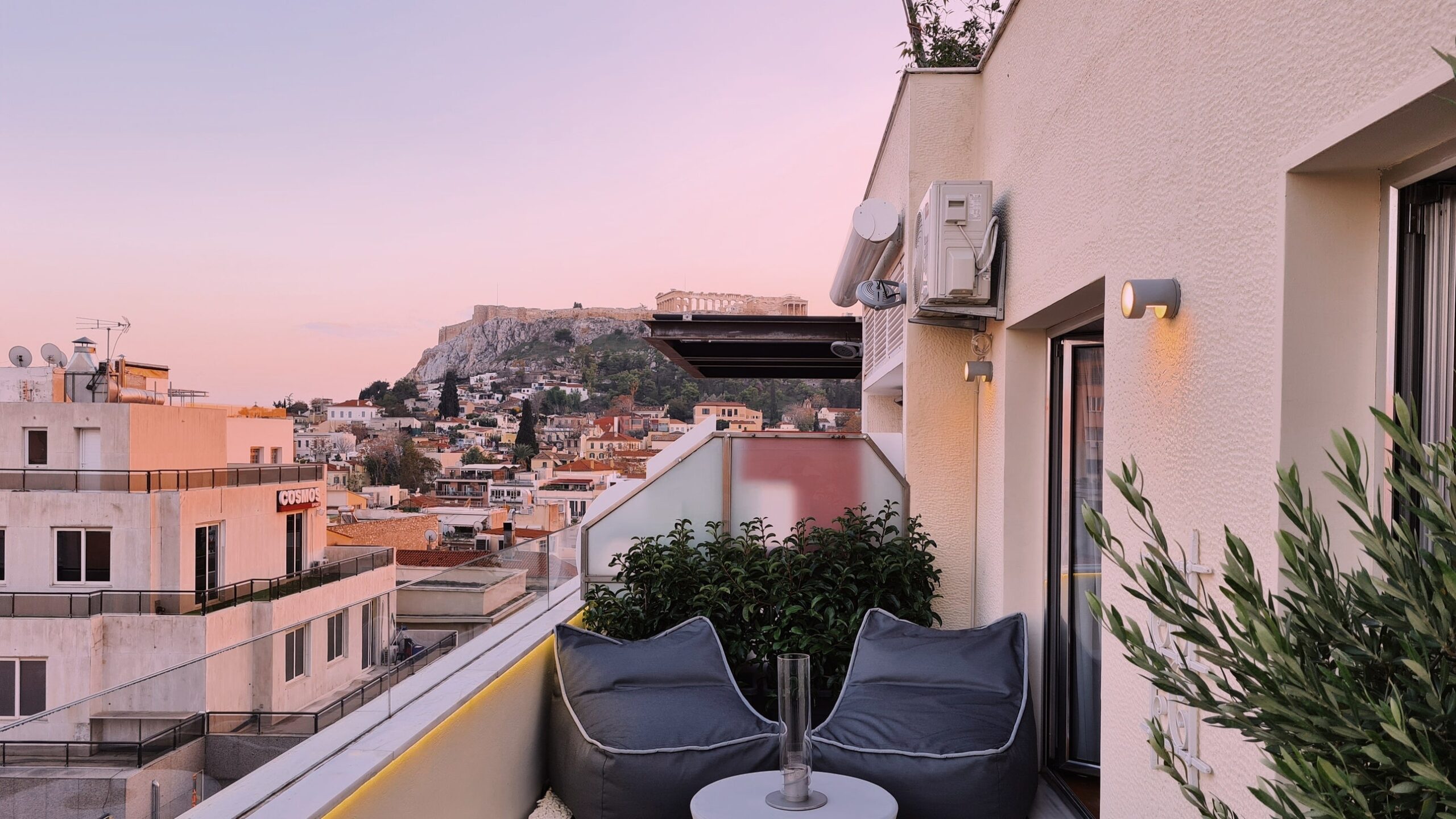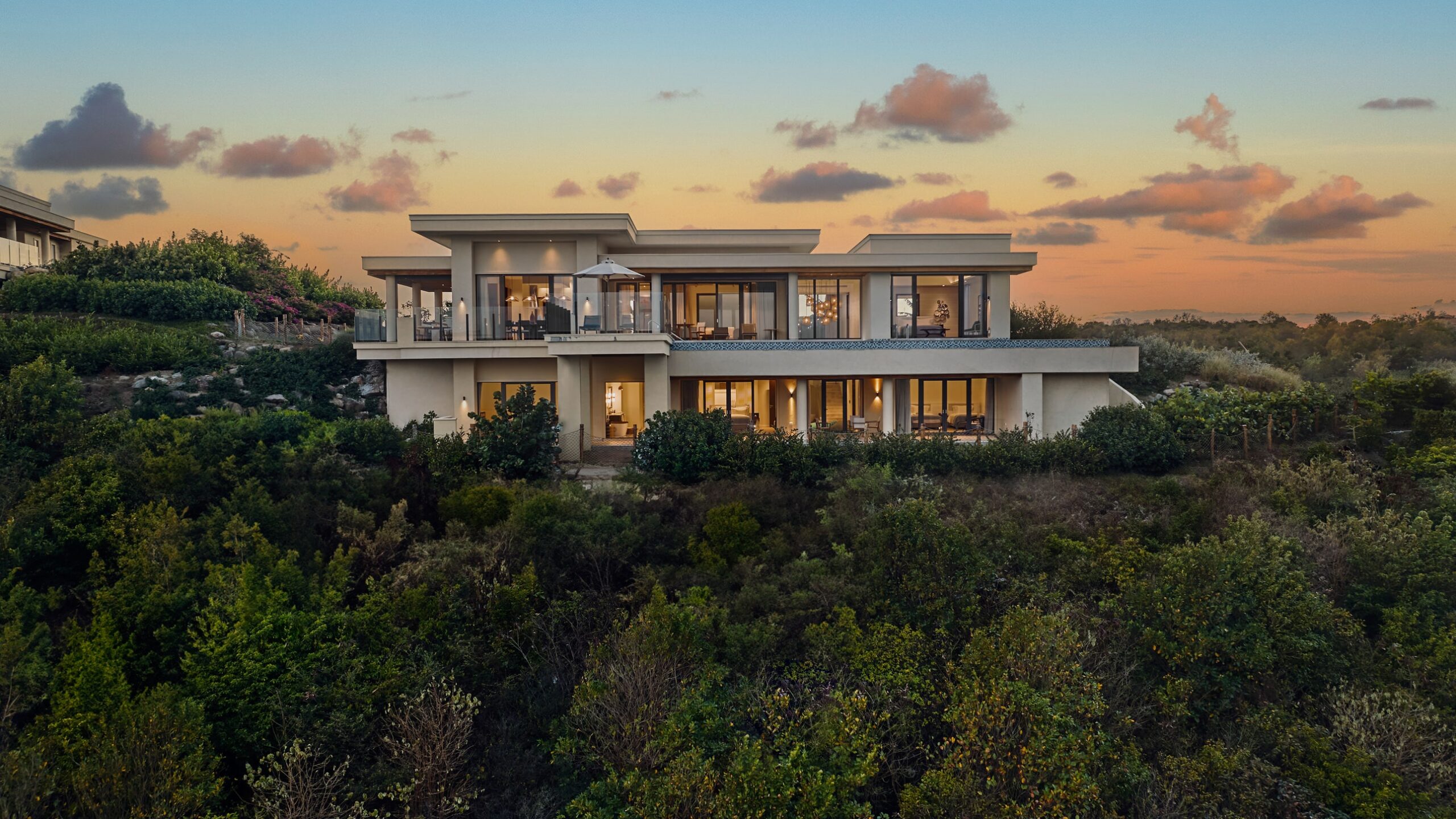“I first came to Rajasthan around 2012 and completely fell in love with the people, the way of life, and the colors,” says the English fashion designer Kim Jones, who has remained captivated by the indigos, shocking pinks, and oranges of the Indian state ever since. “I’ve always had a fascination with heritage craft, and that first trip inspired a love of Indian textiles and embroideries.” For Jones, sources of such inspiration extend to Rajasthani architecture—the palaces and the people who built them—as well as a wider “innate sense of style” found across India, “mixing utility, formality, and immaculate tailoring.” After a string of return trips, Jones found that hints of those design sensibilities and meticulous attention to detail had trickled down into his own work—accessories in particular, in which he says “the intricacy of maharaja style is reimagined into a modern graphic look.” Here, Jones shares the places he never leaves off his itinerary, including the spot for regional dishes like murgh tikka, his favorite market to source tie-dyed textiles, and a tented camp in the wilderness.
Palatial pit stops
“When I’m in Jaipur, I stay at Rambagh Palace, with its beautiful domed architecture. It was built in 1835 and served as the hunting lodge of the Maharaja of Jaipur—a real oasis within the city. I stay at the Taj Lake Palace in Udaipur, the iconic marble ‘floating’ hotel on the island of Jag Niwas in Lake Pichola, and wake up to the sound of peacocks crowing from its watery courtyards. My other favorites are Amanbagh, a modern, Mughal-style boutique resort in the Aravalli hills, and Aman-i-Khás, a tented wilderness camp where guests can hear animals moving around outside at night.”
Souvenir sourcing
“I always try to stop by the Gem Palace in Jaipur, a heritage store founded in 1852, which stocks the most gobstopping gemstones. My other must-visit is the women’s craft market in Ranthambore, where shoppers can find anything from landscape paintings to fine silks and hand-loomed carpets. I love picking up textiles such as tie-dye items and shisha (mirrored) embroidery.”
Golden hour
“One of my all-time favorite memories is of cycling around Rajgarh in the Alwar district, just seeing things at my own pace and going through villages such as Bhangarh, home to old Hindu temples. It’s not so much about sightseeing as witnessing day-to-day life, and then watching the light change during golden hour, which is particularly magical in India.”
Architectural icons
“My favorite building is Jaipur’s Hawa Mahal, with its latticed windows and arched honeycomb exterior made from red and pink sandstone. I’ve also learned about Sawai Jai Singh II, the king behind the city’s famous buildings, and his 19th-century descendant Sawai Ram Singh II, who wore signature glasses that crossed on the bridge of the nose, a design that influences my eyewear.”
Historic eats
“Suvarna Mahal, the dining room at the Rambagh Palace, is so opulent and fun, featuring colorful 18th-century decor, glittering chandeliers, ceiling frescoes, and gilded mirrors. The menu stays true to the palace’s rich heritage, with regional dishes such as laal maas (slow-cooked lamb with chili) and dhundhar murgh (chicken with mango). My favorite is the murgh tikka, served with a creamy sauce and fenugreek leaves.”
This article appeared in the December 2024 issue of Condé Nast Traveler. Subscribe to the magazine here.


.jpg)

















Leave a Reply